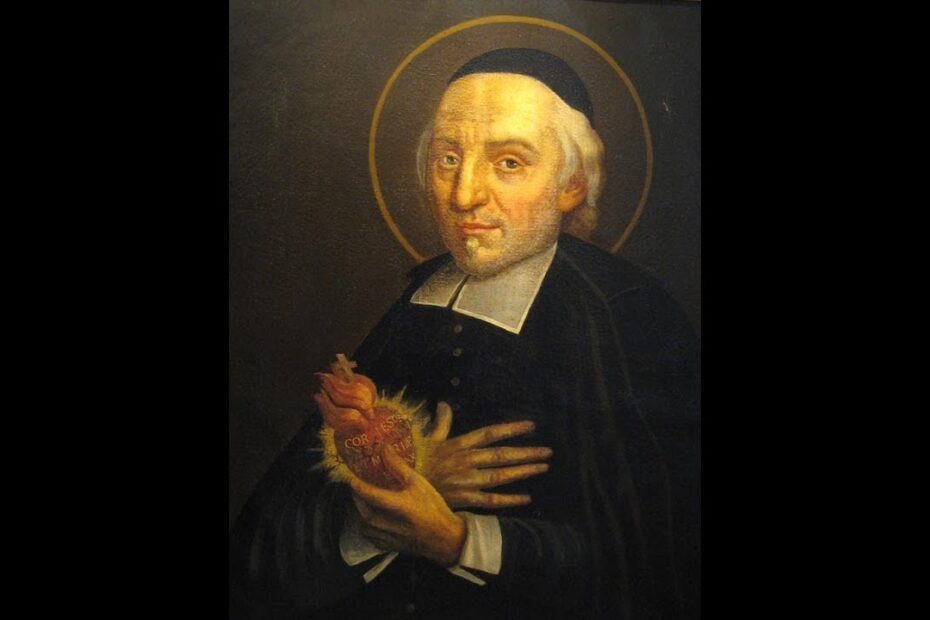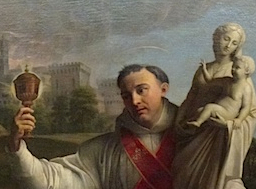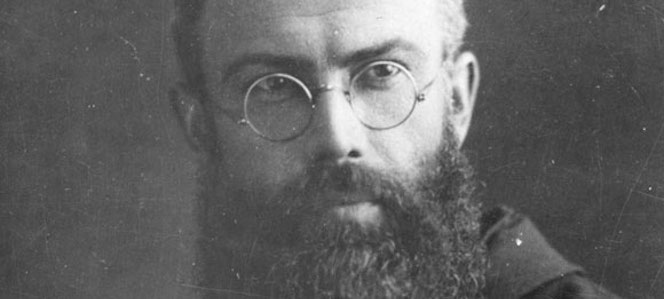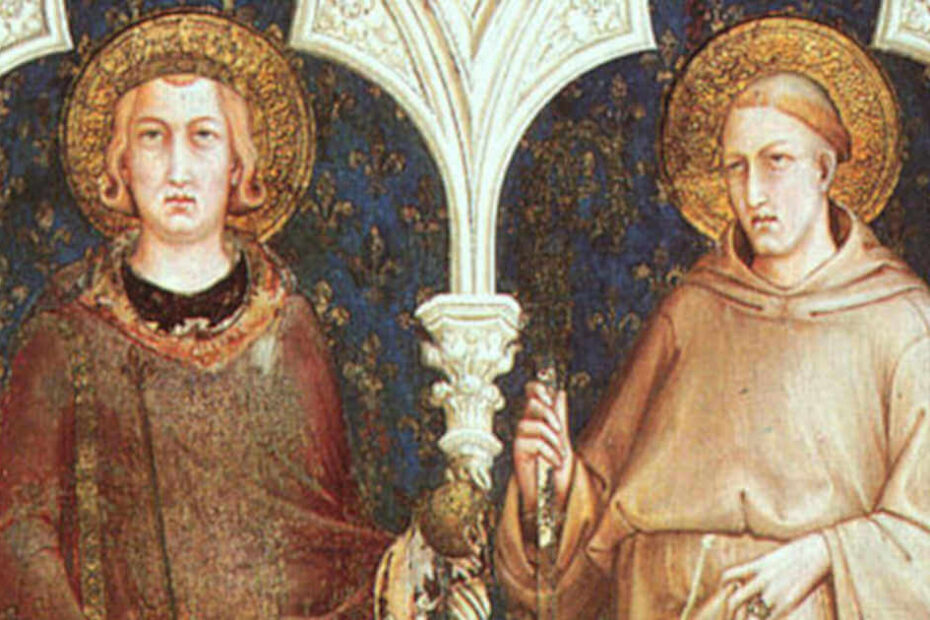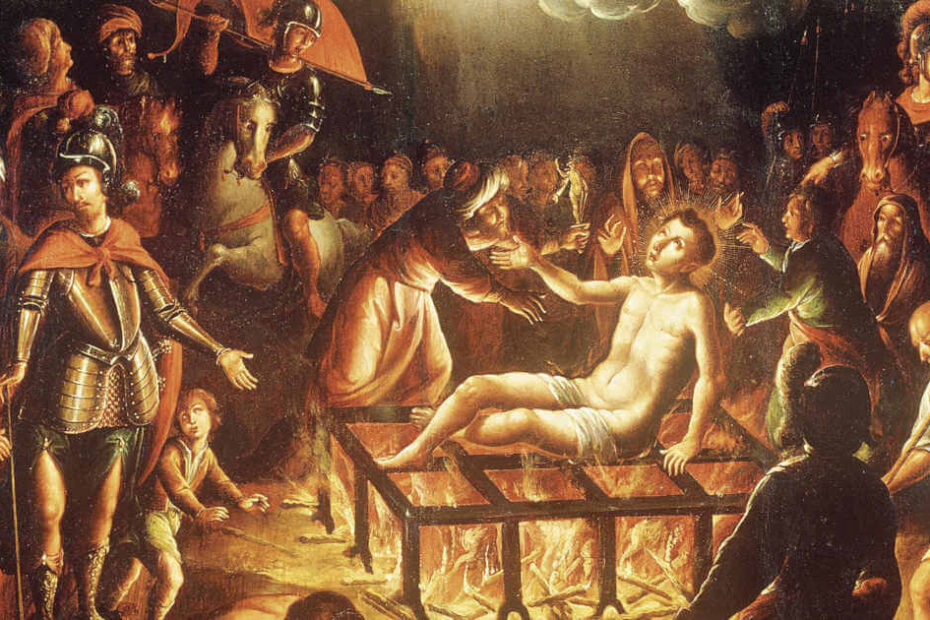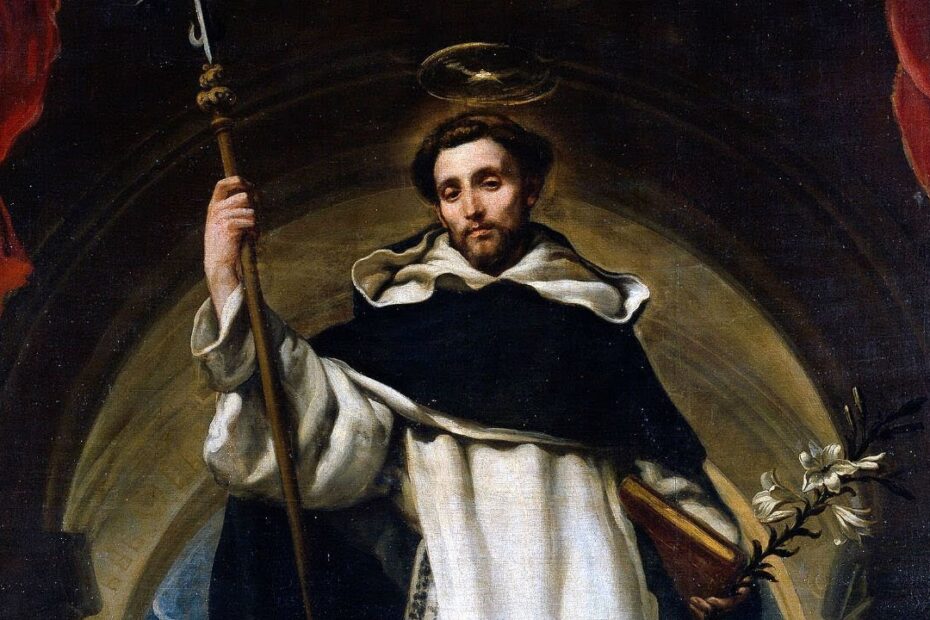St. John Eudes
St. John Eudes (1601-1680) was born in Ri and died in Caen, France. Despite the prevailing rigors of Jansenism, he received First Communion when only a child. He studied in Paris and was ordained a priest in 1625. He soon became an outstanding missionary among his plague-stricken countrymen, living an irreproachable life and devoting all his energies to the cause of Christ. In 1643 he founded the Society of Jesus and Mary (Eudists) to preach missions to the people, direct seminaries, and conduct retreats for the clergy. He was a great opponent of the Jansenistic heresy, and always showed an unchanging devotion to the Holy See.
